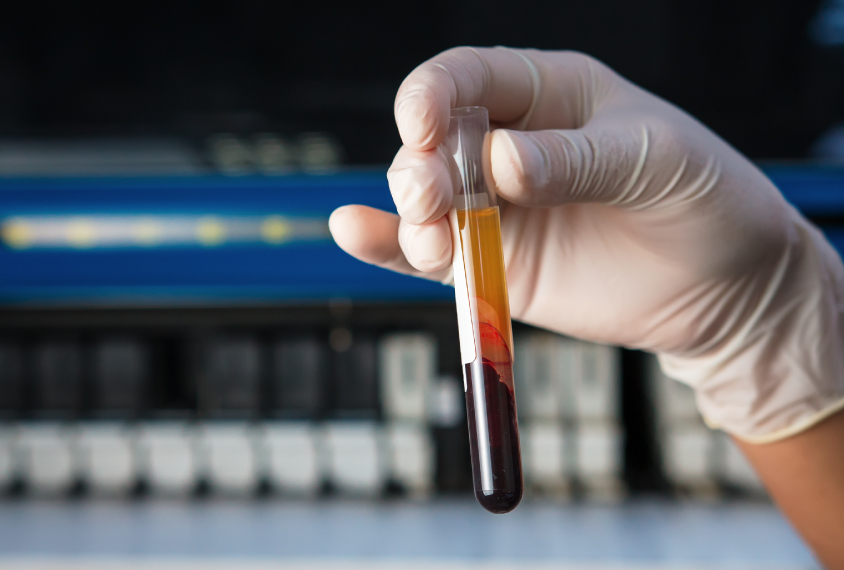
AYKIRDI / iStock
THIS ARTICLE IS MORE THAN FIVE YEARS OLD
This article is more than five years old. Autism research — and science in general — is constantly evolving, so older articles may contain information or theories that have been reevaluated since their original publication date.
The activity of a set of proteins in the blood may distinguish people with autism from those without the condition. The unpublished results were presented yesterday at the 2017 International Meeting for Autism Research in San Francisco, California.
Blood levels of the proteins could constitute a biological marker for autism that flags the condition before features emerge. The three proteins are involved in molecular pathways that are often disrupted in the condition.
“It’s admittedly preliminary,” says lead investigator Elliott Sherr, co-director of the Comprehensive Center for Brain Development at the University of California, San Francisco, who presented the findings. “But it’s robust and reproducible.”
Genetic studies have revealed two molecular pathways inside cells — one dubbed RAS and the other PI3K — that contain multiple proteins subject to autism-linked mutations. Many of these proteins add or remove phosphate molecules from other proteins in the pathways. (Addition or removal of a phosphate tag alters the activity of proteins.)
Some of the proteins in these two pathways show either increased or decreased activity in the brain and blood of mice with autism-like behaviors.
“That led us to thinking that these pathways might be affected in autism,” Sherr says.
Protein panel:
To find out, he and his colleagues collected blood from 57 children with autism and 56 controls, all between 1 and 18 years of age. Using a technique called a Western blot, the researchers measured the amount of three proteins in the pathways: ERK, which belongs to the RAS pathway, and AKT and PTEN, which belong to the PI3K pathway. For each protein, they calculated the ratio of protein tagged with phosphate to the untagged form.
Sherr’s team then looked at how well their panel of protein measurements distinguishes people with autism from controls. They used a statistical method that compares how much the tagged-to-untagged ratio for each protein in people with autism differs from the average for that ratio for the entire group.
The analysis correctly classified 73 percent of the study participants as having or not having autism. That number rose to 86 percent when the researchers limited their consideration to the half of the samples that were analyzed by a single person.
“What this tells you is that it’s robust, but it’s not perfect,” Sherr says. “There’s clearly some person-dependent variability in how the assays are run.”
Still, the panel shows potential. Using blood samples taken once a month for three months from 12 typical adults, the researchers determined that the protein measurements in an individual vary by less than 5 percent.
One caveat is that the intelligence quotients of the people with autism in the study are significantly lower than those of controls. As a result, the researchers cannot determine whether their protein panel is specific to autism or to intellectual disability. Sherr says his team is exploring whether the degree of alteration in the activity of the proteins tracks with the severity of autism features.
For more reports from the 2017 International Meeting for Autism Research, please click here.
By joining the discussion, you agree to our privacy policy.